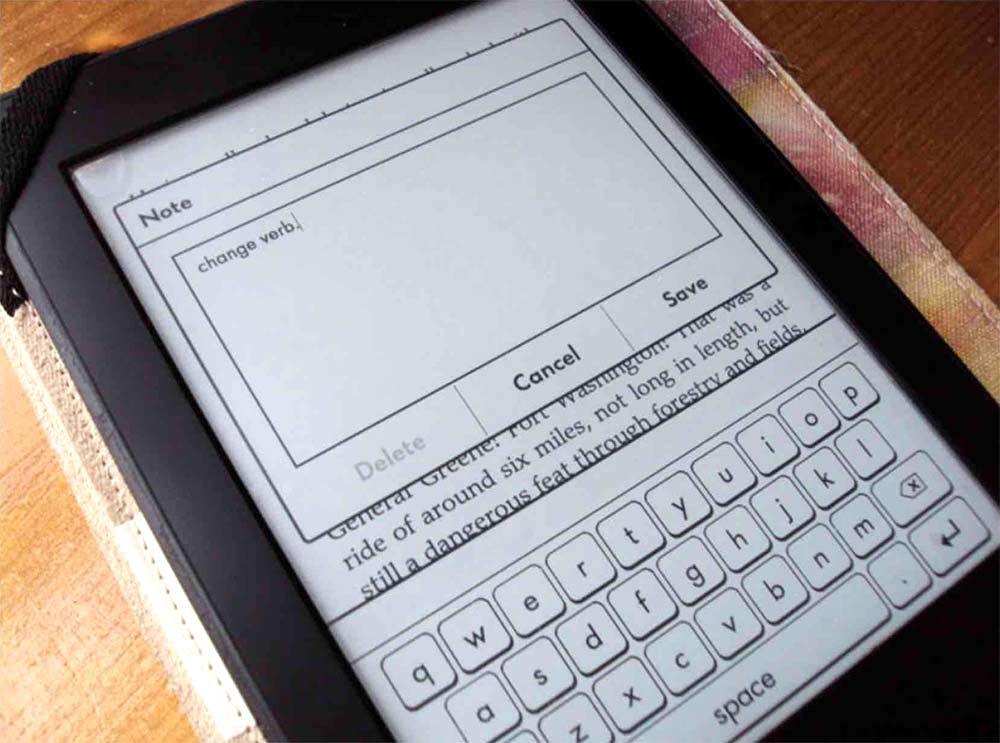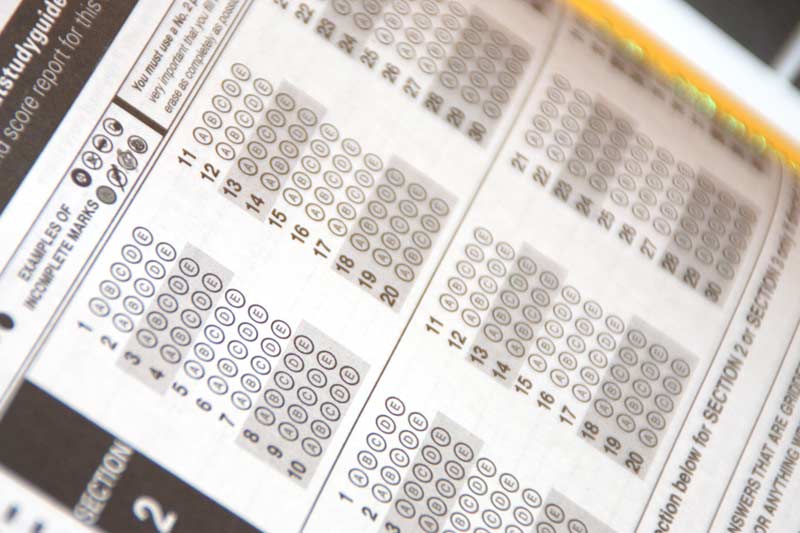 ISEE test preparation, why do it? How much time should be spent on it? THAT MUCH? Is the ISEE different from the SSAT? Those are really good questions.
ISEE test preparation, why do it? How much time should be spent on it? THAT MUCH? Is the ISEE different from the SSAT? Those are really good questions.
The Independent School Entrance Exam (ISEE) and the Secondary School Admission Test (SSAT) are used for private school and boarding school admissions to grades 3-12 and skew way above grade level in what they assess, so just learning test-taking strategies is insufficient. Moreover, earning stanines of 7s, 8s, and 9s requires near perfect section scores. That’s why we recommend a nice long runway to prepare for the ISEE or SSAT. Most of our students are engaged in 1:1 programs meeting twice weekly–once with a literacy specialist and once with a math specialist–for 15-25+ weeks, which translates to 45 to 90 hours of instruction (plus homework). Yes, that much and here’s why.
At My Learning Springboard, we believe that ISEE test preparation, and most other preparation for standardized assessments, should be aligned with and extended from a curriculum framework. What we are doing should tie in closely with what your student is learning or will learn in his or her classroom. All learning is enhanced when it is connected with something that you already know and/or something you want to know. Preparing for an assessment such as the ISEE helps streamline that focus towards a multi-faceted endpoint; not only does your student solidify their foundational skills, but they extend them while also implementing targeted test-taking strategies. For this reason, we view ISEE test preparation as an opportunity to bolster middle and high school readiness. My Learning Springboard also offers specialized instruction for students with learning disabilities and/or heightened anxiety. These students also benefit from more time to learn, apply, and integrate testing content and strategies.
Over time we have found that the approach to ISEE test preparation that works best for families and students is one that allows for incremental improvements over time. We always start with diagnostic testing so that our recommendations are individualized, and we recommend this planning begin in January, February or March prior to the upcoming admissions season. We need this runway to effectively plan and implement both grade level and above grade level instruction in all areas of the test, including Verbal Reasoning (vocabulary development), Reading Comprehension, Quantitative Reasoning, Math Achievement, and 5-paragraph essay writing. ISEE preparation provides ample opportunity for enhancing executive function skills, such as planning with the end in mind, managing time more effectively, initiating and completing tasks, and controlling impulses and emotions.
Cramming for the ISEE is not effective. Taking the long-view for test preparation–making it a marathon, not a sprint–allows each student to adjust their pace based on numerous factors, such as diagnostic results, learning style, previous experiences, family and school commitments, and time for practice, practice, practice. Taking a longer-term approach allows each student to internalize the grade level material covered in their classroom and during test preparation sessions and firmly establish the building blocks to move towards mastery of above grade level material. Many of our students have commented that due to ISEE test preparation with My Learning Springboard faculty they feel better prepared for their school work and more confident when new material is introduced, especially in mathematics. This extended time frame for test preparation allows for true content mastery and creates a much better long-term value for students and families engaged in the process.
By Brad Hoffman, Board Certified Educational Planner and Learning Specialist, and Laurie Gross, Educational Consultant and Reading Specialist. January is always an important check-in time for our families with
January is always an important check-in time for our families with  Code is the “newest foreign language” that students of all ages want to learn. But, even though we hear the words “Python” and “Java” being thrown around, most of us don’t really know what they mean or what the differences are. Here is our handy guide to the
Code is the “newest foreign language” that students of all ages want to learn. But, even though we hear the words “Python” and “Java” being thrown around, most of us don’t really know what they mean or what the differences are. Here is our handy guide to the 
 Recently I worked with two students reading the same book for class. One had the print version and the other had the Kindle. The first student was able to quickly use his pencil to underline text and write notes in the margin. The second student had to do a variety of swipes and presses and then carefully type in his notes in the rather clunky digital interface. However, there is a workaround to inputting text into the kindle device. Amazon has a
Recently I worked with two students reading the same book for class. One had the print version and the other had the Kindle. The first student was able to quickly use his pencil to underline text and write notes in the margin. The second student had to do a variety of swipes and presses and then carefully type in his notes in the rather clunky digital interface. However, there is a workaround to inputting text into the kindle device. Amazon has a  Worrying about college entrance exams — the ACT and SAT — seems to start earlier and earlier, which can unnecessarily derail important resources during the 9th grade year. It’s important to remember that many of the skills and concepts that you learn throughout high school — starting day one — will help develop the skills needed to succeed when testing time comes.
Worrying about college entrance exams — the ACT and SAT — seems to start earlier and earlier, which can unnecessarily derail important resources during the 9th grade year. It’s important to remember that many of the skills and concepts that you learn throughout high school — starting day one — will help develop the skills needed to succeed when testing time comes.